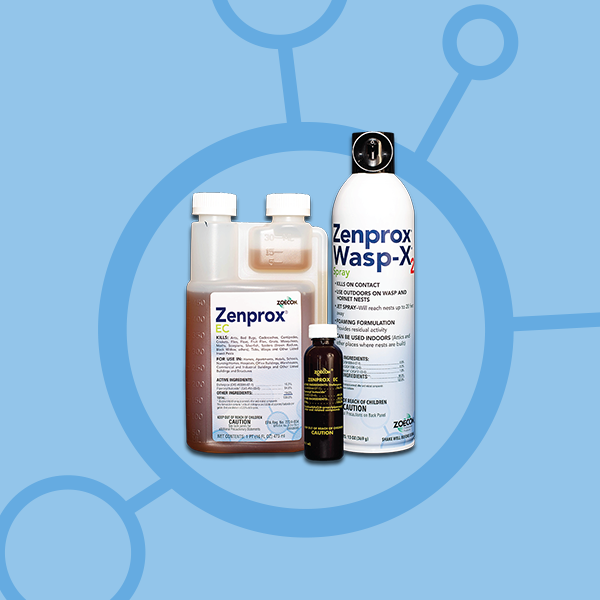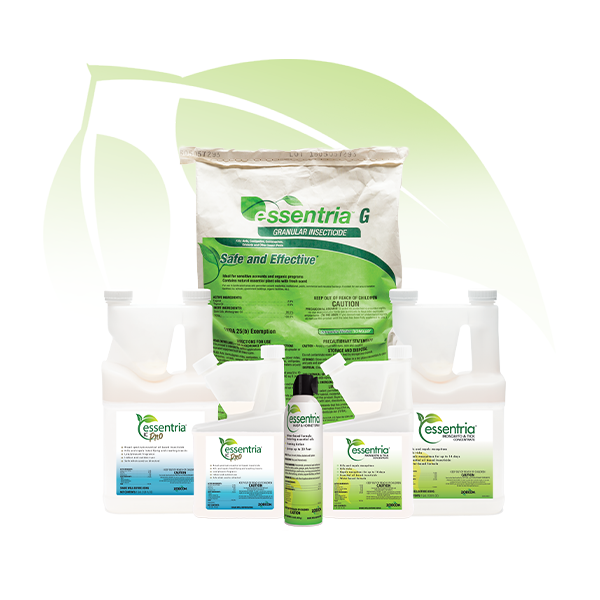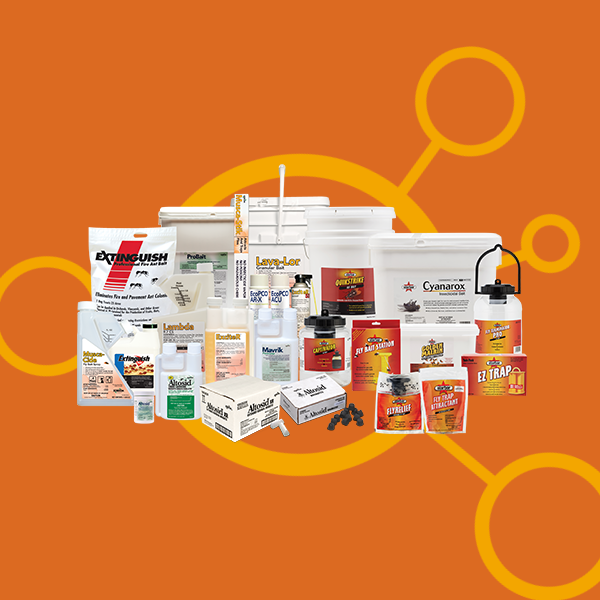A Smarter Approach to Treating Sensitive Sites

As any good PMP knows, effective insect control means much more than the product you spray. Every call requires a knowledge-backed approach and a good deal of situational assessment. But there are some sites, such as hospitals, schools, food facilities, or ecologically sensitive outdoor areas that demand extra care with higher stakes. Pest management professionals (PMPs) navigating these environments must lead with caution, communication, and confidence.
Our experts at Zoëcon® Professional Products sat down to develop a playbook for PMPs on how to approach sensitive sites with the strategic mindset, and the trusted tools, you need to get the job done right.
1. Start with Site-Specific Intelligence
Every sensitive site comes with unique challenges. In schools, you may be dealing with notification windows and parent communications. In hospitals, it’s all about coordinating with operations teams and maintaining sterile conditions. In food-handling areas, you must follow strict rules on exposure and product placement.
Your first job is to:
- Identify your key contact inside the facility, an ally who understands both the rules and the risks.
- Log everything. Maintain an effective reporting system with detailed record-keeping of pest activity, past treatments (if any), and communications.
- Develop protocols in advance. Don’t wait for an infestation to scramble a plan together. Establish a list of trusted products and a general treatment playbook tailored to the site type.
2. Identify the Target Insect
It’s tempting to jump straight into a broad-spectrum treatment, but without accurate identification, you’re guessing, not solving.
Ask the right questions:
- Can you describe the pest’s appearance and behavior?
- Was it flying or crawling?
- When and where has it been seen?
Our downloadable insect posters can be a great place to start for pest knowledge and identification.
Once identified, you can choose a targeted solution, especially important for sensitive sites that can include working within narrow application windows and limited product options.
3. Understand and Adhere to the Label
Labels are the law. Period. When working in sensitive environments, it’s crucial to use products that are specifically labeled for use in or around:
- Patient rooms
- Food prep areas
- Schools and childcare centers
- Waterways and pollinator habitats
Top picks from the Zoëcon® toolbox:
- Essentria® products: Formulated with plant-based active ingredients; 25b Exempt, offering botanical, broad-spectrum pest control with low fragrance and low phytotoxicity formulas.
- Gentrol Point Source® Roach Control Device: A discreet, non-spray format that utilizes a translocating active ingredient to reach hard-to-treat areas, approved for food-handling and kitchen pest control accounts.
- Gentrol® IGR Concentrate: Provides professionals the flexibility required for uniform applications across multiple sites for the control of fruit and drain flies, cockroach infestations, bed bugs, and more.
- Gentrol® Aerosol: Features a dissipating foam action to target labeled insects in hard-to-reach areas; approved for multiple applications, including kitchen pest control treatments.
- Precor® IGR Concentrate: Optimized for indoor environments; heavier-than-air molecules go deep into the base of carpets and upholstery to control adult and pre-adult fleas.
- Precor® Outdoor F-T-M: A go-to for outdoor use, offering broad-spectrum control, with over 50 pests listed on the label.
- Mavrik® Perimeter: A barrier treatment that knocks down a wide variety of listed crawling and flying insects.
- Altosid® Liquid Larvicide Mosquito Growth Regulator: Can be used as a pretreatment to potential breeding sites, offering effective and proactive control.
4. Be Proactive, Not Reactive
Sensitive sites often have high visibility and foot traffic. The last thing anyone wants is a wasp nest in a recess yard or flying insects buzzing around in an operating room. Avoid these moments by:
- Scheduling routine inspections and using preventive treatments.
- Communicating clearly with key contact to treat safely and effectively.
- Providing clear notifications and follow-up documentation, particularly in schools and hospitals.
5. Build Trust With Transparency
How you communicate can be as important as how you treat. Partnering with your onsite contact to maintain transparency builds confidence and prevents confusion—or worse, unauthorized DIY treatments.
Bonus Tip: Keep It All in One Place
We recommend creating a "Sensitive Site Solutions" hub, your internal go-to for product labels, approved treatment plans, and communication templates. Zoëcon® is also working to make this even easier with curated lists and resources to help you deliver effective service at every sensitive site.
With the right tools, partners, and planning, PMPs can solve pest problems while upholding the highest standards of effective treatment, compliance, and professionalism. Explore our full line of solutions at Zoecon.com and follow us on social for updates!
Facebook - Zoëcon Professional Products
X - @zoeconcentralls
LinkedIn - Zoëcon Professional Products








